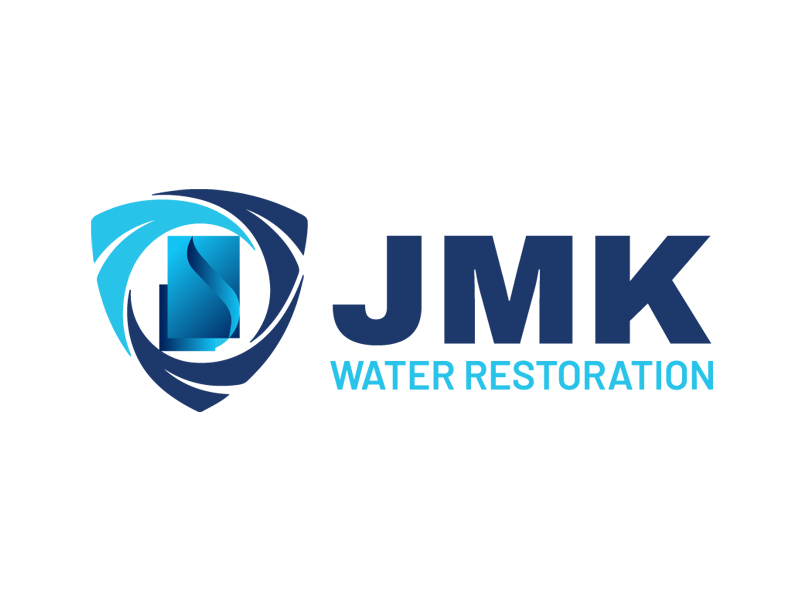What Does Black Mold Look Like?

Whether you’re a renter or home-owner, you’ve likely heard of the notorious fungus called “black mold.” Scientifically known as Stachybotrys chartarum, black mold is a dark-colored fungus that thrives in damp and humid environments.
Black mold may appear slimy and have a dark green or blackish hue. It can take on various textures, such as rough or powdery, and may grow in clusters or patches.
This type of mold can grow almost anywhere from bathrooms to bedrooms and everywhere in between. Black mold exposure can cause various side effects. This is why if you suspect it, it’s best to take immediate action. In this blog, our licensed mold removal specialists will teach you everything you need to know about black mold, how to identify it, and what to do if it’s lurking in your home or office.
What is Black Mold?
Black mold is a type of toxic mold that causes serious health risks. It releases black mold spores into the air, which, when inhaled, can lead to respiratory problems, allergic reactions, and even more severe health issues in some individuals.
It typically thrives in damp areas with poor ventilation, such as bathrooms, basements, drywall, and any area of your home affected by water damage. Identifying and addressing black mold promptly is crucial for maintaining a safe and healthy living environment.
How Do I Identify Black Mold?
Identifying black mold isn’t always a straightforward task, but there are some key indicators to look out for. Apart from its distinct dark coloration, black mold often has a musty odor, similar to damp earth or rotting wood. You may also notice visible signs of mold growth, such as black stains or patches on walls, ceilings, or other surfaces. Keep an eye out for discoloration or water damage, as these are common breeding grounds for black mold. If you suspect black mold but are unsure, it’s best to consult a professional mold inspector who can conduct thorough testing to confirm its presence.
Can I Catch Black Mold Early?
Absolutely! Catching black mold early is key to preventing further damage and protecting your health. Regularly inspecting areas prone to moisture, such as bathrooms, kitchens, and basements, can help you identify any signs of black mold growth.
Keep an eye out for any unusual odors, water stains, or dampness in these areas. Maintaining proper ventilation, controlling humidity levels, and promptly addressing any leaks or water damage can significantly reduce the likelihood of black mold development. By staying vigilant and taking preventive measures, you can catch black mold early and nip it in the bud.
What Should I Do if I Find Black Mold?
Discovering black mold in your home can be concerning, but don’t panic! The first step is to ensure your safety. Put on protective gear, such as gloves, goggles, and a face mask, to avoid inhaling mold spores. Next, contain the affected area by sealing off vents, doorways, and other openings to prevent the mold from spreading.
If the affected area is small, you can attempt to clean it yourself using a mixture of water and detergent or a strong disinfectant. However, for larger areas or extensive infestations, it’s best to call in the professionals who offer mold remediation services.
When Should I Hire a Mold-Removal Specialist?
In some cases, hiring a mold-removal specialist becomes necessary. If you have a large area affected by black mold or if the mold is growing in hard-to-reach places like crawl spaces or within the HVAC system, it’s wise to seek professional assistance.
Mold-removal specialists have the knowledge, experience, and equipment required to safely and effectively eliminate black mold from your home. They can also identify the root cause of mold growth and provide recommendations to prevent future occurrences. Remember, your health and well-being are of utmost importance, so don’t hesitate to reach out for professional help when needed.
How to Get Rid of Black Mold
Removing black mold requires a combination of thorough cleaning and addressing the underlying moisture issue. If you’re dealing with a small area of mold growth, you can follow these steps:
- Protect yourself by wearing protective gear, including gloves, goggles, and a face mask.
- Mix a solution of water and detergent or a strong disinfectant like white vinegar.
- Scrub the affected area gently using a brush or sponge.
- Rinse the area with clean water and thoroughly dry it using a paper towel or a dry cloth.
- Fix any water leaks or moisture problems to prevent future mold growth.
For a larger black mold infestation or extensive mold damage, it’s best to contact a professional mold removal company that offers mold remediation services. They will assess the situation, develop a comprehensive remediation plan, and ensure the mold is safely and effectively removed from your home.
Contact JMK Restoration for Expert Mold Removal
Aside from the health effects, black mold can cause structural damage to your home. If you’re unsure about the severity of the situation or need help with toxic black mold remediation, don’t hesitate to contact JMK Restoration.
Our team of experts is dedicated to providing effective solutions for mold-related issues, ensuring your home remains safe and mold-free. Stay proactive, be mold-aware, and contact us today.
